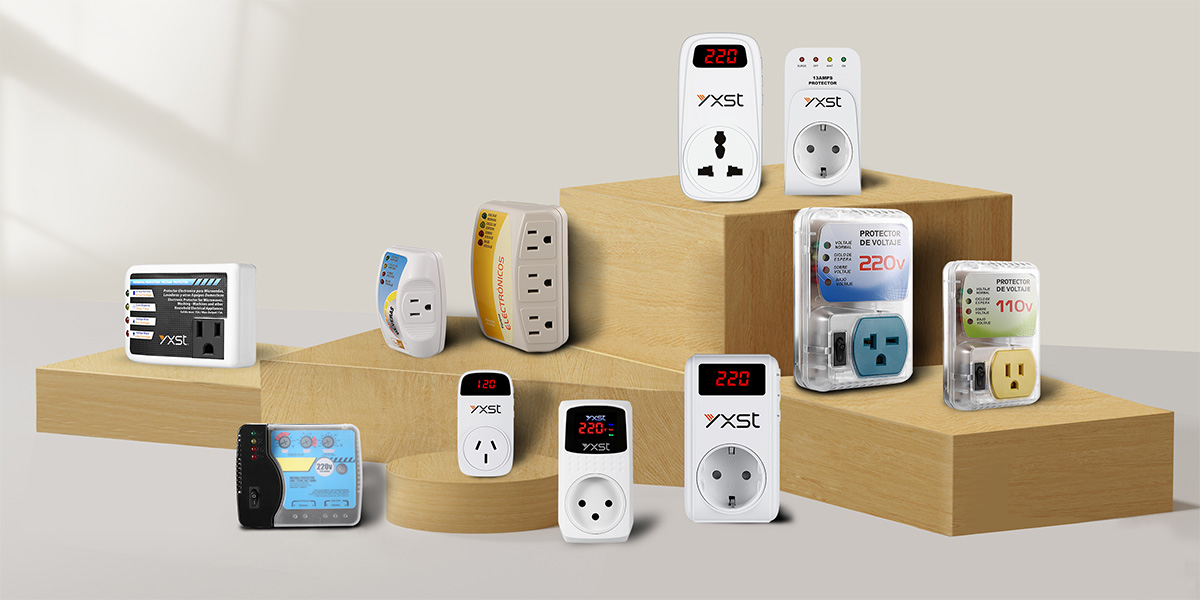Some customers have such questions, what does the volts of AC mean? What does the volts of AC mean? This article will answer your questions.
Alternating Current(AC)
Background:
In the field of electricity, current is divided into alternating current and direct current. Alternating current is a current whose magnitude and direction change periodically over time.
Explanation:
If a voltage protector is marked with the word “AC”, it often indicates that the protector is used for AC circuits. For example, a common AC voltage protector can protect against abnormal voltage conditions such as overvoltage and undervoltage in the AC power grid.
In general household electricity (220V AC) or industrial three-phase AC power (380V AC) environments, AC voltage protectors can monitor AC voltage fluctuations.
When the grid voltage is too high (such as exceeding 110% – 120% of the rated voltage) or too low (such as lower than 80% – 90% of the rated voltage) due to lightning strikes, grid failures, etc., the AC voltage protector will operate, cut off the circuit or take other protective measures to prevent damage to the electrical equipment connected to the circuit.

What does AC mean in volts?
In the use of electrical equipment, it is important to know the volts of AC voltage. Different electrical equipment has different rated voltage requirements. For example, ordinary household light bulbs, televisions and other electrical equipment are generally rated at around 220V AC, which means that they are designed to work properly at this voltage. If the actual voltage is too high, the current of the equipment will be too large, which may damage the electronic components of the equipment; if the voltage is too low, the equipment may not start normally or perform normally.
In addition, during power transmission, high voltage (such as AC high voltage of several hundred kilovolts) can reduce the power loss during transmission. Because according to (power = voltage × current) and (line loss power = current square × line resistance), when transmitting the same power, the higher the voltage, the smaller the current, and the smaller the line loss. Therefore, when transmitting power over long distances, the voltage will be increased by a transformer first, and then the voltage will be reduced to a voltage level suitable for users after reaching the destination, such as 220V or 380V.




